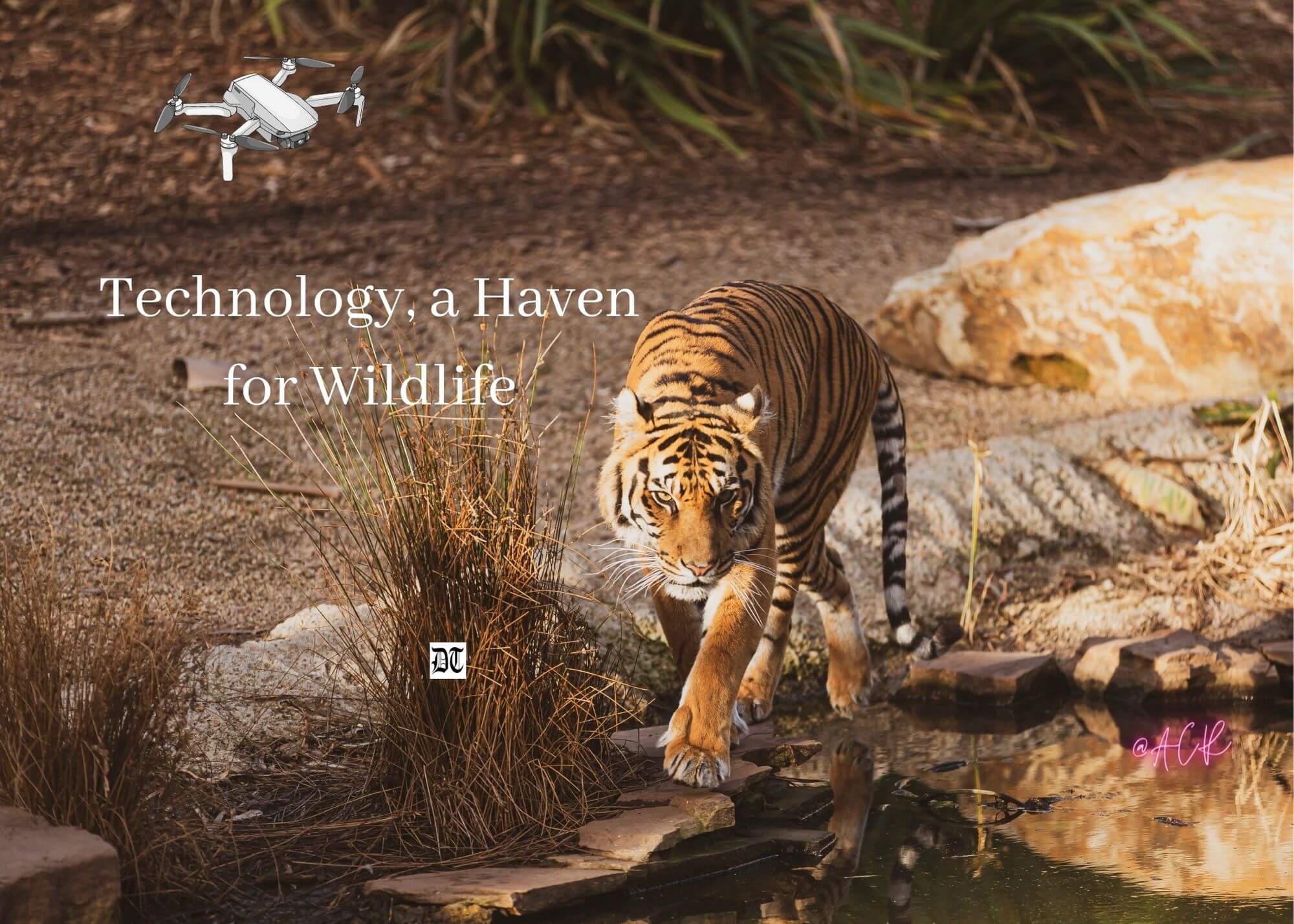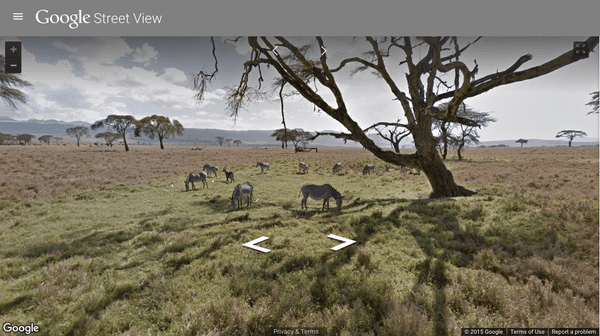For animal lovers, knowing about different technologies that save animals perks them up, says Farheen, in the weekly column, exclusively for Different Truths.

The climate and increasing human population are the major reasons for the disappearance of animals at alarming rates. So, how can we save animals?
Technology has proven to be the haven for the endangered animals. Governments, NGOs, animal rescue teams, and others work on different missions and plans for ensuring animals are not in danger. They spend a large amount of money, efforts, and require time to make sure everything falls into place when they undertake the mission to either rescue animals or to save the lives of the endangered animals.
It’s not easy to plan any activity which involves saving animals. However, with technology, many missions have made the impossible missions successful because it reduces the manpower and reduces complexities and many challenges.
For animal lovers, knowing about different technologies that save animals can perk them up to another level.
Crimes against animals are still underway. The fact is a maximum of 3,890 tigers exists in the wild, but substantial work is needed to protect tigers because they are still vulnerable to extinction.
Refer to the tiger poaching statistics to understand how seriously the Tigers are at risk.
Do you want to know how elephants in Kenya are protected?
GPS Tracking
GPS and accelerometer technology helps in installing so-called “smart” collars on animals that track species throughout their lives. These smart collars collect volumes of information about how endangered species behave—such as their hunting locations, migration patterns and so on.
The chips used in cell phones to store cell numbers are being used differently in Kenya. To keep endangered elephants from leaving their habitats and entering human civilization. In 2008, Save the Elephants used a SIM card into the collar of an elephant named Kimani, who used to frequently barge into the neighbouring farms. In this case, GPS is being used as a virtual fence. Whenever Kimani entered the farms, the locals and conservationists were automatically warned through text messages. In another scenario, similar SIM cards were used for receiving messages if the elephants went astray, the position of tagged animals was sent via messages to the researchers, allowing them to keep a tab on the entire migration routes.
This helped the conservationists to track the elephants, if they leave their location, they are notified. In addition, it helped in removing constant manual watch over the elephants.
Google Earth
Another great example of using technology to conserve animals is Google’s satellite mapping technology, Google Earth, which is being used for conserving animals.
Because Google has cameras pointed at seemingly every corner of the Earth, scientists and conservationists are now utilising the technology to protect animals. For example, the World Wildlife Fund developed a virtual tour using Google Earth to help raise awareness of how logging was threatening the Sumatran Tiger’s habit in the Bukit Tigapuluh forest in Sumatra.
Passive Integrated Transponder (PIT) System
Four species of endangered fish are being helped by ‘Rifle’ in the Upper Colorado River. With the use of a “passive integrated transponder” (PIT) system that monitors their movements. PIT tags, which are embedded into the fish as microchips are used in humans and other animals, are sensed when tagged fish pass through the Price-Stubb Diversion Dam, enabling the researchers to collect information about the migration patterns of species, for example, the Colorado pikeminnow.
Remote Monitoring of Wildlife Sounds
Researchers have been successful in innovating computer technology that can listen to multiple bird sounds at one time, and identify which species are present and how they may be changing, due to habitat loss or climate change. This system could provide an automated method for monitoring bird species. The researchers believe this technology can also work for many forest sounds, including species, such as insects and frogs, and perhaps even marine mammals.
Pingers
A pinger is a hi-tech device fisher that is being attached to fishing nets that emits a sonic pulse. Dolphins, whales, and other cetaceans are hypersensitive to sonic pulses in the water, therefore, the pingers help the species in water to avoid the commercial fishing nets. The use of pingers has been successful in saving many cetaceans.
Let us hope that technology can become the rescuer and we see a decline in the animal extinction and poaching instances. With the advancement of technology, the world is witnessing a new, changed, and different world, let us wait and watch how uniquely different technologies will change the wildlife for better.
References
- The Costa Rica News
- Poaching Facts
- Treehugger
Photos from the Internet and visuals by Different Truths
#TechGuru #TechnologyForWildAnimals #RescueWildAnimals #AgainsPoachers #GoogleEarth #GPSTrackers #PITSystem #DifferentTruths







 By
By
 By
By

Thank you for such an informative read!
I’m glad that you found my article informative, Sir. Thank you for stopping by to read my work. I appreciate it.